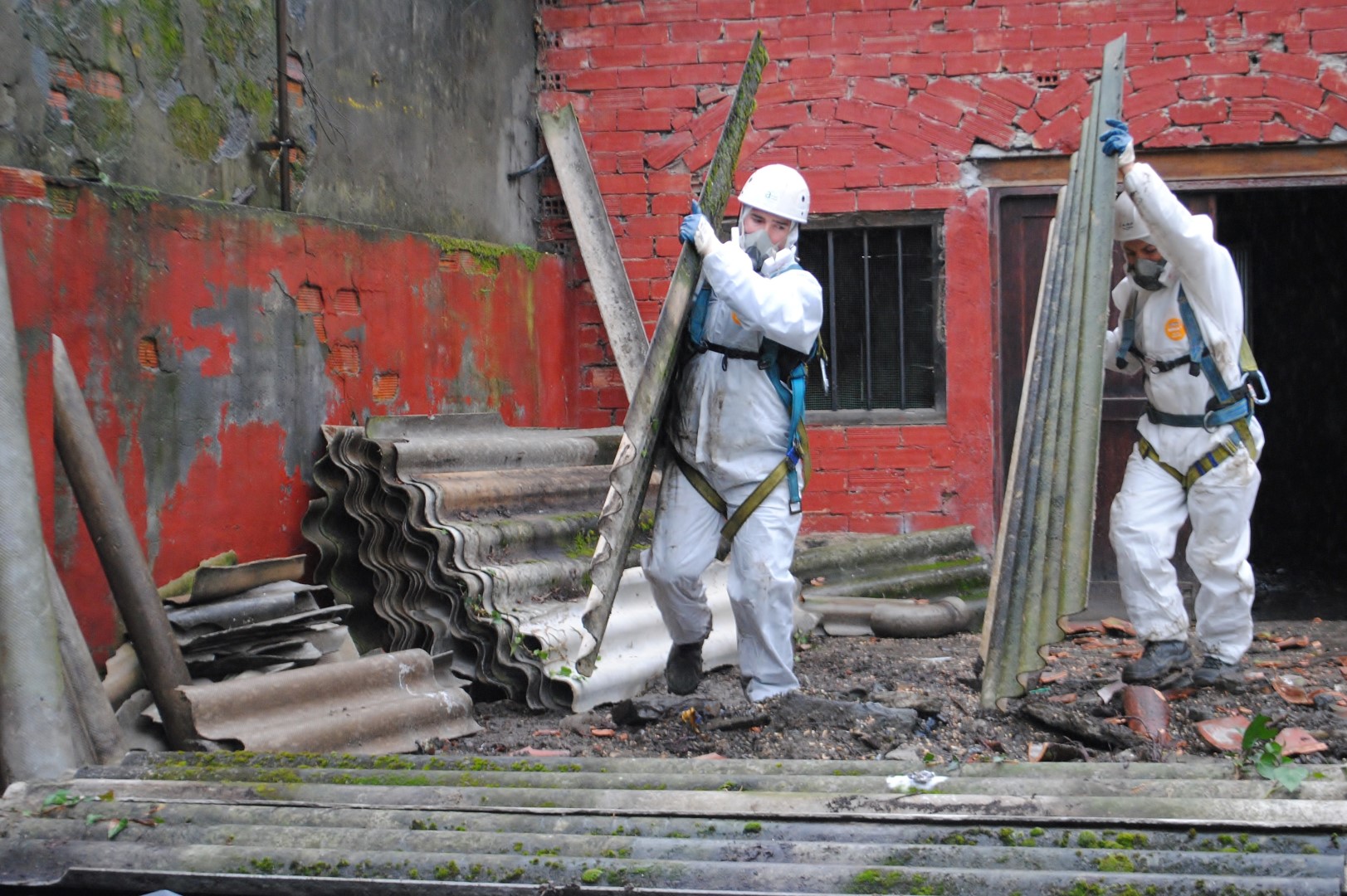Lead exposure and lead poisoning is something that invisibly threatens our health. A person could be exposed to lead without even knowing. Lead exposure is especially dangerous for children and pregnant women because of the developing brain. Children can die from lead poisoning in extreme cases, but even minimal lead exposure can cause irreparable brain damage that will affect a child for the rest of their life.
About one million children in the United States have a blood lead level equal to or above the level the CDC deems safe. It’s important to know where exposure to lead is the highest so you can take the proper precautions also to be certified if working in construction. Below are five of the most common sources of lead exposure.
Dust
Dust relates to some of the following exposure risks, such as paint and soil, but is important enough to stand on its own. Chipping of lead paint is one of the more common ways lead enters the body of those in the home. It’s important to keep lead-based paint in good condition if you live in a home where lead paint could be an issue. 38.9% of homes with deteriorated lead-based paint on the interior and exterior have an increased risk of floor dust hazards.
Paint
The government banned the use of lead-based paint in homes in 1978, but that doesn’t mean it’s all gone. Many homes built before 1978 still have lead-based paint on the walls. Removing and replacing the lead-based paint can be dangerous, and often results in an increased risk of lead exposure to those who live in the home.
Older and imported toys can be another source of lead exposure for children. Toy companies would use lead-based paint for the same reasons it was used in homes, and everyone knows kids love to put things in their mouths.
Soil
The soil has been another consistent method of being exposed to lead that’s invisible to the naked eye. The dangers of lead in soil have been decreasing since the US made unleaded the standard in 1996, but there remains a dangerous amount of lead in the soil of many US states.
Homes on busy streets still feel the effects of leaded gasoline with an increased risk of lead exposure. Houses near industrial plants are at an even greater risk of finding lead in their soil. Finding lead in soil is a sure-fire way to create an indoor threat, as the soil will usually turn into dust and enter the home in one way or another.
Water
Finding dangerous levels of lead in a water supply is becoming less common as the years pass. It’s still possible to find unsafe levels of lead in the drinking water, which pollution and corrosion of the pipes can cause.
Even though it’s becoming less common, no one is going to forget the tragic handling of Flint, Michigan’s water supply. Once they switched to the Flint River – which was much more polluted and corroded than the previous lake, Lake Huron – the blood lead levels in children spiked dramatically.
Air
Even if your home is somewhere safe from lead hazards, it doesn’t mean there is no risk. Naturally occurring lead is often present in the air, and industrial plants add to the danger. Some hobbies involve the use of lead tools which can be another risk of airborne lead exposure.
Symptoms
It’s important to seek medical help if you or a child is experiencing any of the following symptoms:
- Sleep problems
- Abdominal pain or cramps
- Loss of appetite
- Fatigue
- Numbness in the extremities
- Memory loss
- Lower development skills (children)
- Irritability
- Kidney Dysfunction
It’s important to be aware of the risks of lead exposure because some of the symptoms are hard to identify. Get a blood test if you think you or your child may have been exposed to lead to avoid long-term health problems.


